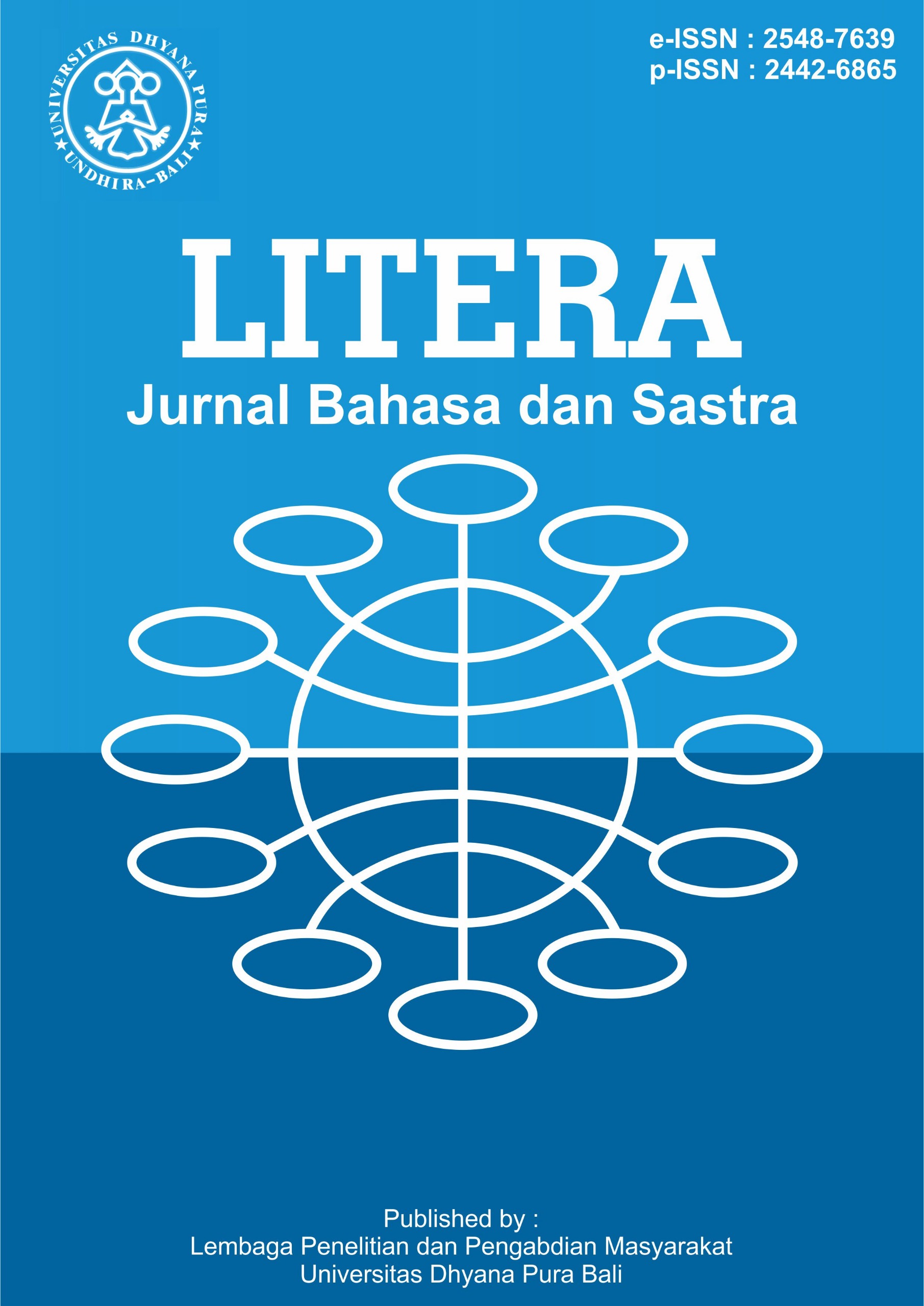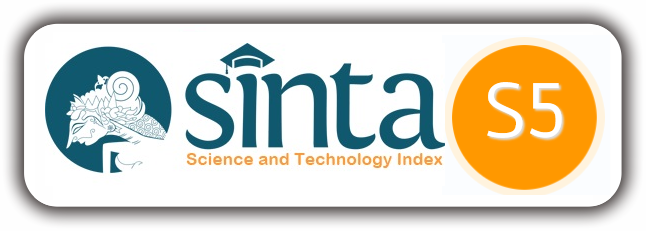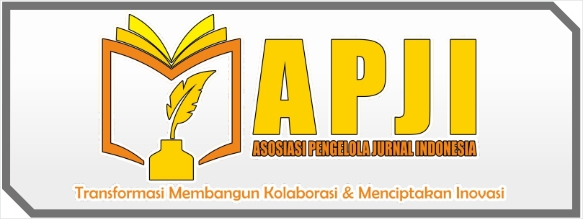Exploring EFL Students' Perceptions of Linking Words in Writing: A Case Study at Bali International Language Center
DOI:
https://doi.org/10.36002/litera.v11i2.3898Keywords:
Coherence and Cohesion, EFL Students, Linking Words, Students' Perception, Writing SkillsAbstract
This study explores EFL students' perceptions of linking words in writing at Bali International Language Center (BILCEN). Linking words, essential tools for achieving coherence and cohesion in writing, are often a challenge for EFL learners. This research aims to gain a deeper understanding of how students perceive the importance of linking words and how their use influences their writing skills. A qualitative approach was employed, with 15 EFL students enrolled in the English course at BILCEN as participants. Data were collected through semi-structured interviews and writing samples, which allowed for an exploration of students' personal experiences, thoughts, and challenges when using linking words in their written work. The analysis of interview responses and writing samples revealed that students recognized the significance of linking words in making their writing clearer and more organized. However, many students expressed challenges in using them correctly, often due to limited exposure or understanding of their varied functions. The findings suggest that while linking words are essential for enhancing writing coherence, students may benefit from more focused instruction and practice in using these words effectively. This research highlights the need for EFL programs to prioritize teaching linking words as part of developing students' writing proficiency.
Downloads
References
Altenberg, B., & Tapper, M. (1998). The use of adverbial connectors in advanced Swedish learners’ written English. Learner English on Computer, 80–93. https://doi.org/10.1017/CBO9781139524605.009
Almurashi, W. M. (2016). The importance of teaching cohesion in EFL writing. International Journal of English Language Education, 4(1), 134-143.
Cahyono, B. Y. (2009). Techniques in teaching EFL writing: Practical Guides for English Teachers of SMP/MTs in State University of Malang Press.
Cohesion and Coherence. (n.d.). University of North Carolina at Chapel Hill Writing Center. https://writingcenter.unc.edu/tips-and-tools/cohesion-and-coherence/
Creswell, J. W., & Poth, C. N. (2018). Qualitative inquiry and research design: Choosing among five approaches (4th ed.). SAGE Publications.
Creswell, J. W. (2009). Research Design: Qualitative, quantitative, and mixed methods Approaches (3rd ed.). California: Sage Publications Inc.
Erman, B. (2007). Cultural influences on linking words usage in EFL writing. Journal of Language and Culture, 8(2), 45-57.
Halliday, M. A. K., & Hasan, R. (1976). Cohesion in English. Longman.
Hyland K. (2013a). Faculty feedback: Perceptions and practices in L2 disciplinary writing. Journal of Second Language Writing, 2(3), 2240–2253. https://doi.org/10.1016/j.jslw.2013.03.003
Lee, S. -y. (2003). Teaching EFL writing in the university: Related issues, insights, and implications. Journal of National Taipei Teachers College, 16(1), 111 -136.
Liu, J. (2016). The role of linking words in second language writing. Language Teaching Research, 20(3), 325-340.
Lee, I. (2003). Teaching coherence and cohesion in writing. TESOL Quarterly, 37(2), 243-264.
Lee, S.-y. (2003). Teaching EFL writing in the university: Related issues, insights, and implications. Journal of National Taipei Teachers College, 16(1), 111-136.
Leki, I. (1991). Twenty-five years of contrastive rhetoric: Text analysis and writing pedagogies. TESOL Quarterly, 25(1), 123–143. https://doi.org/10.2307/3587031
Leki, I. (2007). Teaching second language writing: Where we seem to be. In E. Hinkel (Ed.), Handbook of research in second language teaching and learning (pp. 333-348). Routledge.
Liu, J. (2016). The role of linking words in second language writing. Language Teaching Research, 20(3), 325-340.
Martínez, A. C. L. (2004). Discourse markers in the expository writing of Spanish university students. IBÉRICA, 8, 63–80.
Nunan, D. (1992). Research method in language learning. Cambridge: Cambridge University Press.
Nation, P., 2001. Learning Vocabulary in Another Language, Cambridge: Cambridge University Press.
Onwuegbuzie, A. J. (2016). Discourse markers in writing. Journal of Educational Research, 9(3), 112-121.
Onwuegbuzie, A. J. 2016. The Missing Link: The Use of Ling Words and Phrases as a Link to Manuscript Quality. Journal of Educational, (2)
Park, J. (2020). Linking words in professional communication. International Journal of Business Communication, 57(4), 487-505.
Rahmawati, I., & Yuliati, Y. (2021). The use of discourse markers in EFL students' argumentative essays. Jurnal Pendidikan Humaniora, 9(1), 17–22. https://doi.org/10.17977/um030v9i12021p017
Rahimi, M. (2011). The impact of teaching cohesion on writing quality. Journal of Language Teaching, 12(1), 78-89.
Rukmini, D., & Nuraeningsih, N. (2018). Coherence and cohesion in the Indonesian EFL learners' English writing. Indonesian Journal of Applied Linguistics, 7(2), 380–387. https://doi.org/10.17509/ijal.v7i2.8348
Serrano, R. (2012). Coherence and cohesion in academic writing: Strategies for ESL learners. English Language Teaching, 5(4), 140-150.
Tayie, S. (2005). Research methods and proposals, research methods and writing research proposals by. Cairo: Center for Advancement of Postgraduate Studies and Research in Engineering Sciences, Faculty of Engineering - Cairo University (CAPSCU).
Zarei, A., & Mansoori, S. (2011). Improving writing skills through discourse markers. Procedia - Social and Behavioral Sciences, 15, 2520-2524.
Downloads
Published
How to Cite
Issue
Section
License
Copyright (c) 2025 LITERA : Jurnal Bahasa Dan Sastra

This work is licensed under a Creative Commons Attribution-NonCommercial-ShareAlike 4.0 International License.
![]()
This work is licensed under a Creative Commons Attribution-NonCommercial-ShareAlike 4.0 International License.
















